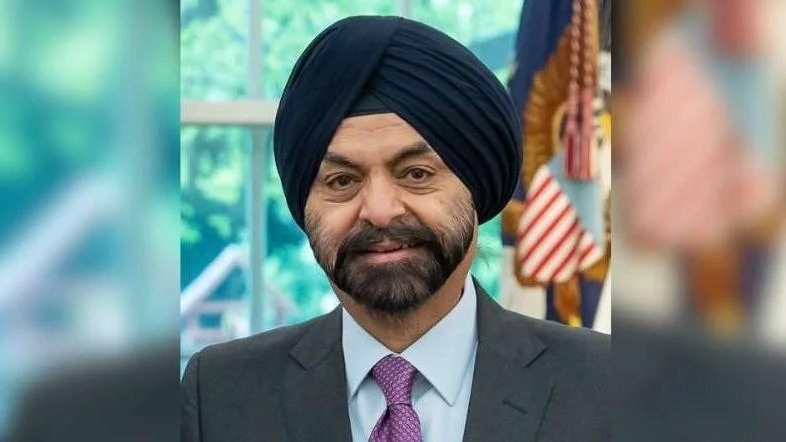The World Bank's Board of Executive Directors has approved a $100 million concessional credit to aid Uzbekistan in modernizing its electricity distribution networks. This initiative aims to integrate renewable energy sources and improve supply reliability in key regions. Uzbekistan’s Regional Electric Power Networks (REPN) will contribute an additional $50 million, marking the World Bank’s first Program-for-Results (PforR) financing in the country.
Uzbekistan's energy infrastructure is facing challenges, with technical distribution losses estimated at 13% as of 2024. These inefficiencies are largely due to outdated infrastructure, where over half of the facilities have been operational for more than three decades. The aging system contributes to frequent power disruptions and requires urgent investment to meet the country's goal of deploying 25 gigawatts of renewable energy by 2030.
Commercial losses within distribution networks also pose a significant fiscal challenge for the government. To address this, reforms are underway to enhance the operational and financial models of the distribution system, aiming to improve profitability and attract private investment.
“The World Bank’s financing will support Uzbekistan’s government program to modernize and expand the electricity distribution infrastructure through 2030, with total investment needs estimated at $3 billion,” stated Tatiana Proskuryakova, World Bank Director for Central Asia. “We hope other development partners and private investors will join us in supporting REPN in this crucial endeavor.”
With combined financing totaling $150 million, REPN plans critical infrastructure developments over five years. These include constructing and modernizing 6,000 km of low-voltage lines, replacing or installing 1,200 transformers with a capacity of 250 megavolt-amperes (MVA), connecting 150,000 smart meters to reduce commercial losses, and installing 4,000 concentrators for future automation.
The program also focuses on strengthening REPN’s operational capacity by developing new planning methodologies for distributed renewable energy sources, enhancing revenue performance through better financial planning, and modernizing corporate management systems.
By 2029, expected outcomes include achieving a customer satisfaction rate of 90%, expanding network capacity to integrate up to 50 megawatts from small enterprises and households' renewable sources, reducing CO₂ emissions by up to 450,000 tons annually, and increasing female representation in technical roles from 9% in 2025 to 14%.

